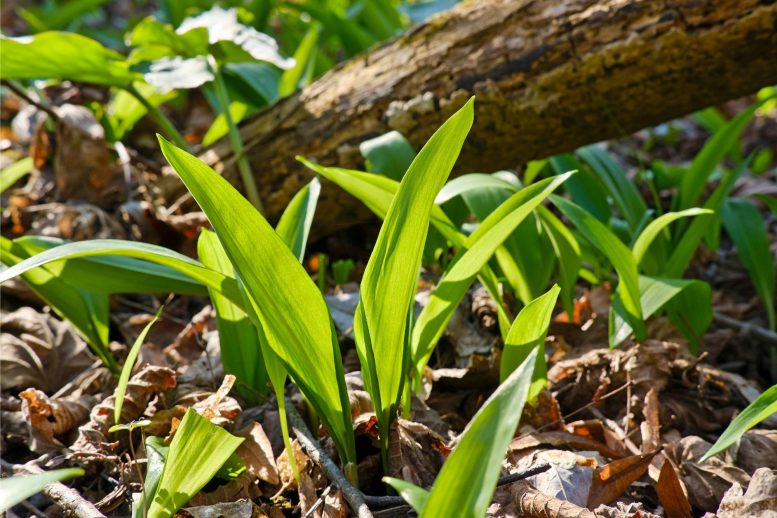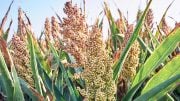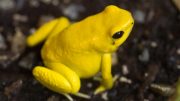
Wild garlic, also known as Allium ursinum, is a perennial herbaceous plant belonging to the Alliaceae family. It is characterized by its distinctive garlic-like odor and broad, lanceolate leaves.
Consuming poisonous doubles can lead to grave repercussions.
Wild garlic, a prominent member of the allium family, is a well-recognized indigenous herb. It’s freshly gathered during the spring season and widely utilized in the kitchen, including soups, sauces, and salads.
“Although the garlic-like smell is a typical characteristic of wild garlic, the plant is often confused with the poisonous lily of the valley or autumn crocus,” says Professor Dr. Andreas Hensel, President of the German Federal Institute for Risk Assessment (BfR).
“Such confusions lead to cases of poisoning every season, some of which are fatal.”
Wild garlic (Allium ursinum), also known as ransoms, grows in herb-rich, shady, and nutrient-rich deciduous and mixed forests, riparian forests, parks, and kitchen gardens. In spring, two juicy green, lanceolate leaves usually sprout from small bulbs and are used in the kitchen. The young leaves resemble those of the poisonous lily of the valley (Convallaria majalis) also known as May bells and the very poisonous autumn crocus (Colchicum autumnale).
This often leads to confusion, as the many years of documentation in the poison centers of the federal states in Germany and at the BfR show. In particular, accidental consumption of the highly poisonous autumn crocus has led to severe or even fatal poisonings in the past.
Consumption of lily of the valley can lead to diarrhea and vomiting and, in rare severe cases, to cardiac arrhythmia. In cases of poisoning with leaves of the autumn crocus, the affected person suffers from severe gastrointestinal complaints after a latency period of 6-12 hours. This is followed by a phase of 1 to 3 days with few symptoms until multi-organ failure finally occurs.
Especially in the months of April and May, there is an increasing number of cases of poisoning in Germany, but also in Austria, Switzerland, and Croatia, after collecting what is supposed to be wild garlic.
To distinguish wild garlic from its poisonous doppelgangers, it is usually sufficient to rub a green leaf between the fingers. If the typical garlicky smell of wild garlic does not appear, it is better to leave the herb and clean your hands thoroughly. However, the smell test has its pitfalls. If the smell of leek from a previous test still sticks to the hands, this can lead to a false result. Anyone who collects wild garlic should therefore be familiar with the plant and all its characteristics in order to be able to distinguish it reliably from poisonous plants. The BfR advises that if in doubt, it is better not to eat wild garlic that you have collected yourself.
In grocery stores, wild garlic is often part of the seasonal vegetable assortment and comes from controlled crops. It is also possible to buy plants or seeds in specialized shops and grow them yourself. In this way, consumers do not have to forego the pleasure and avoid the risk of poisoning.
If health complaints occur after a meal with supposedly used wild garlic, a poison center should be consulted immediately or medical advice should be sought.









Be the first to comment on "The Dangers of Wild Garlic – How Confusion Can Be Deadly"